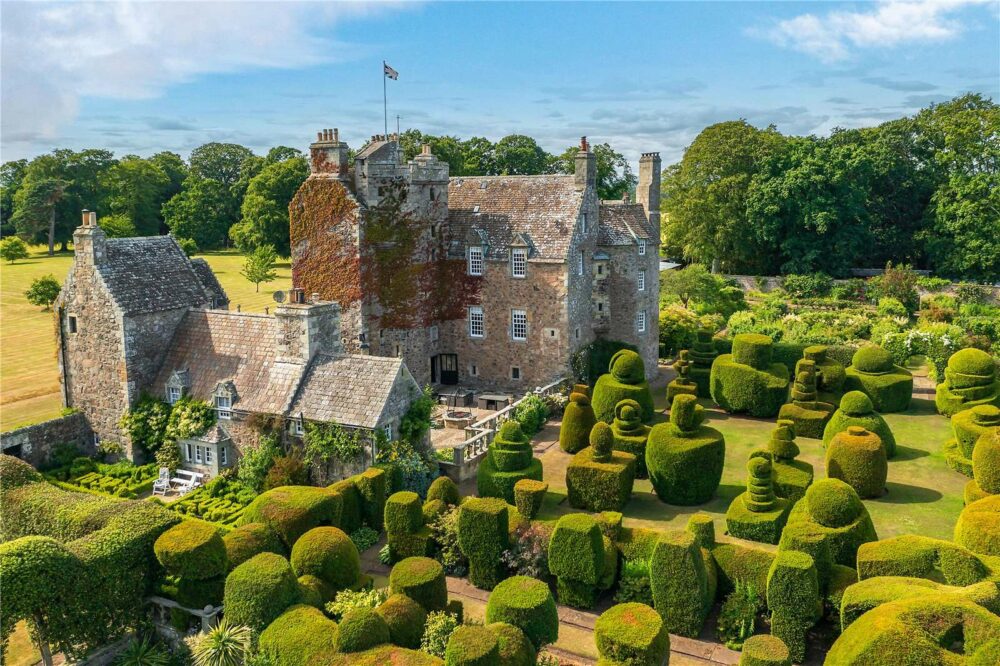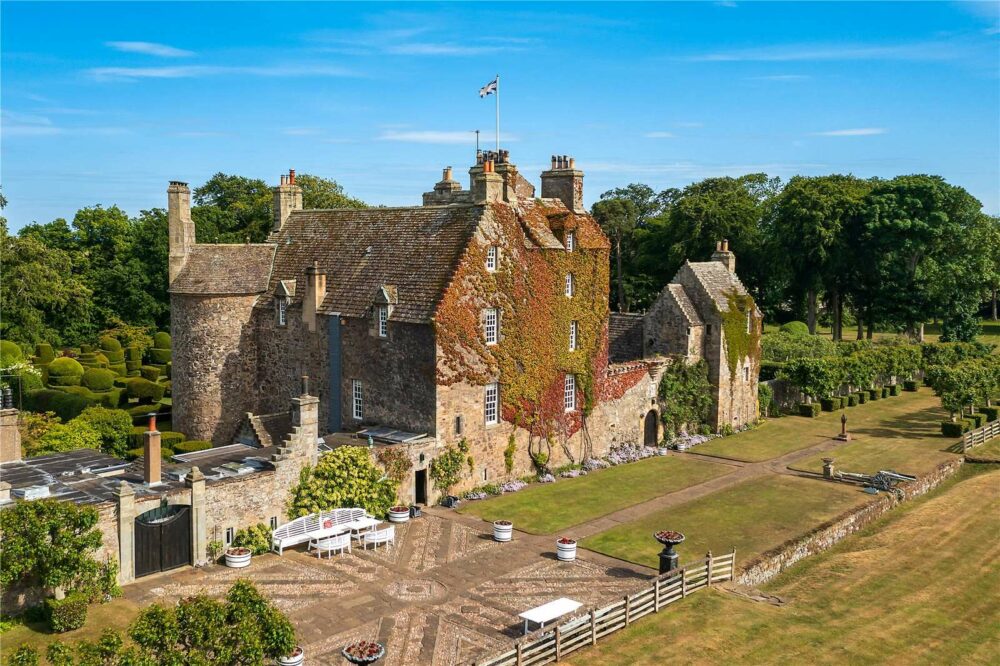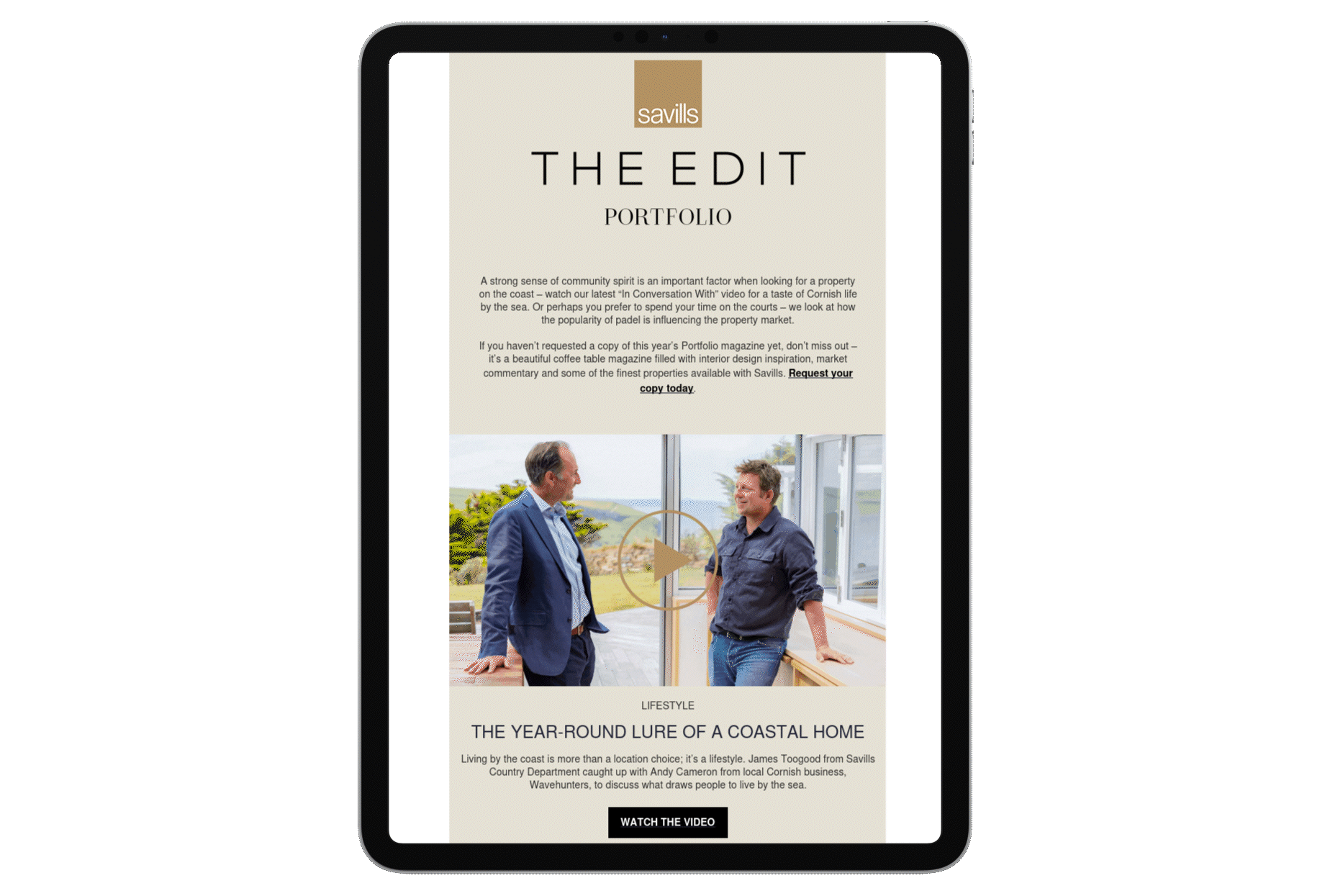The British love historic houses: timbered Tudor cottages, Queen Anne rectories, Georgian terraces. They’re glories of the nation, treasured for their charms. At the same time, a listing – the designation that limits changes to a building of special interest – can deter people from buying what could be a wonderful home. “A listing can denote a home’s age and certainly its rarity,” says Crispin Holborow, joint head of Savills Private Office. “But some buyers fear they will need more maintenance and expense.”
There are certainly constraints to owning a listed building. Permission from the local authority, known as Listed Building Consent (LBC), is required for any changes to the fabric, inside or out. “If owners undertake work without consent, there could be a demand to reverse the changes,” says Frederick Gatfield of Savills heritage team. Even the process of applying for LBC can seem onerous, leading many buyers to seek unlisted homes instead. So how do you make a listed building work for you?
There are an estimated 500,000 listed buildings in England, in three bands: Grade I, Grade II* and Grade II (the most common, encompassing 90% of all listings). Savills deals with many such homes, particularly in desirable areas such as the Cotswolds, where a listing is a boon, according to Holborow. “Further out in the country, buyers want to become part of the area’s historic fabric,” he explains. “The more central you get, the less important it becomes.”









